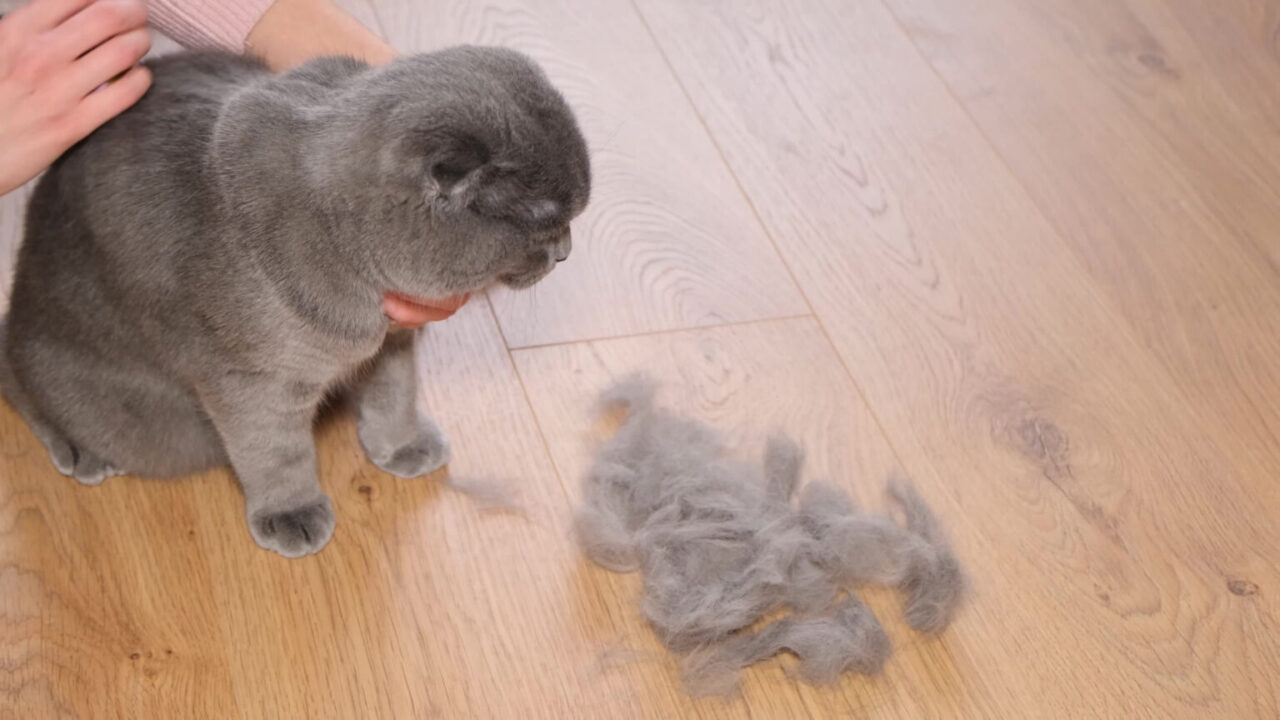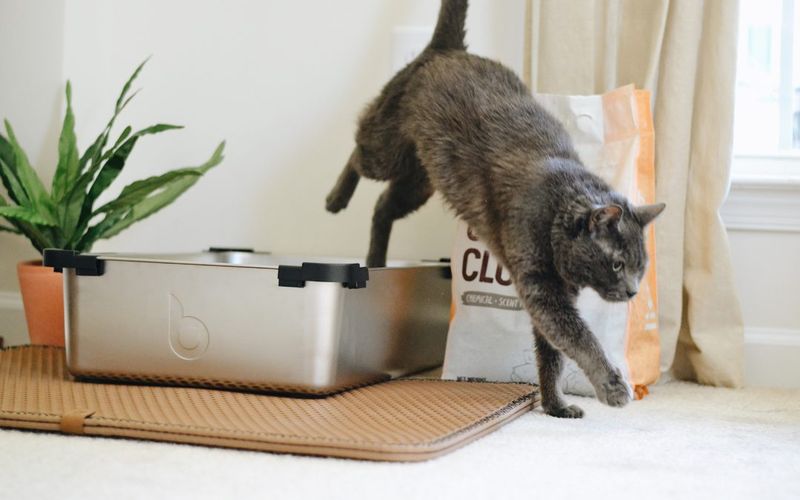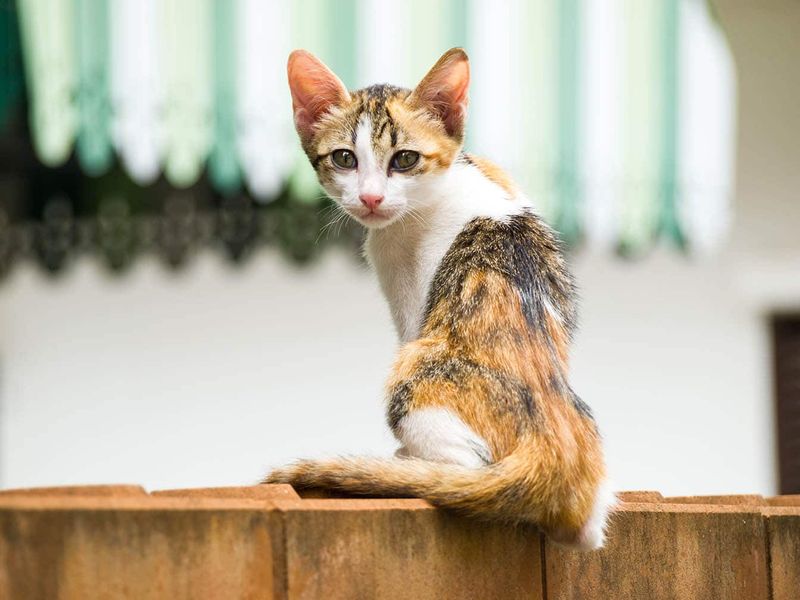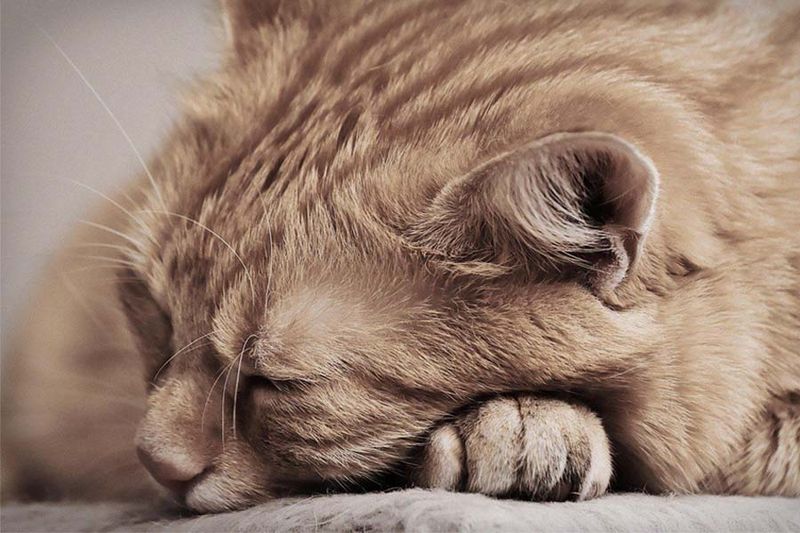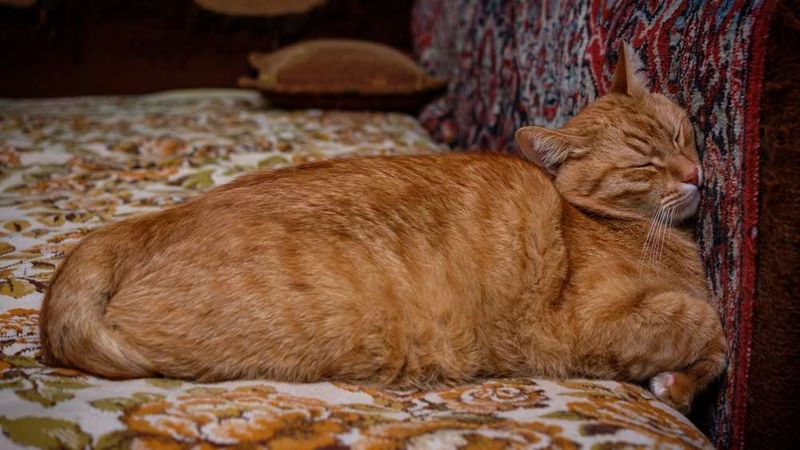📖 Table of Content:
From sudden sprints around the house to extended naps in tight corners, feline behavior often walks a fine line between adorable and baffling. While many of these traits are harmless or simply part of their unique personalities, some odd actions might be early signs of underlying health issues that shouldn’t be ignored.
Pet owners often overlook changes in behavior, assuming their cat is just being “weird.” However, cats are naturally skilled at hiding pain and illness, a trait inherited from their wild ancestors to avoid appearing vulnerable. This makes it crucial to pay close attention to sudden or extreme shifts in their usual demeanor, as they may be subtle cries for help masked as everyday feline antics.
Recognizing what’s normal for your cat—and what isn’t—is the first step toward ensuring their well-being. The following list dives into strange but potentially significant cat behaviors that may indicate something is amiss. These signs, while easy to dismiss at first, can escalate quickly if left unaddressed, potentially affecting your pet’s quality of life or even threatening their health.
1. Sudden Aggression
Outbursts of aggression in cats can be alarming, especially if they come from a pet that’s typically affectionate and calm. This behavior shift might manifest as hissing, growling, biting, or scratching when approached or touched. Often, the root cause is physical pain, such as arthritis, dental disease, or internal injury. Cats in discomfort may lash out defensively to protect the sore area. In other cases, neurological conditions or cognitive decline can alter temperament. Stress from environmental changes or fear can also provoke aggressive episodes. A veterinary evaluation is key to pinpointing the source and addressing it before it worsens.
2. Excessive Grooming or Bald Patches
When grooming turns obsessive, it can lead to bald spots and irritated skin. Some cats lick excessively due to flea allergies, food sensitivities, or contact dermatitis. This repetitive behavior might also signal psychological stress, boredom, or anxiety. In more serious cases, hyperthyroidism or endocrine imbalances could be at play. Overgrooming often goes unnoticed until visible signs, such as hair loss or redness, appear. Observing your cat’s grooming habits closely can reveal patterns tied to specific triggers. Getting a vet’s opinion ensures that both physical and emotional causes are properly explored and treated.
3. Avoiding the Litter Box
Cats that suddenly stop using their litter box are often trying to communicate distress. This could stem from urinary tract infections, bladder inflammation, or kidney dysfunction—all of which cause pain during elimination. Some cats associate the litter box with discomfort and start avoiding it. Additionally, stress, territorial issues, or unclean boxes can deter use. It’s crucial not to interpret this behavior solely as a disciplinary issue. Delaying medical intervention can lead to blockages, which are potentially fatal. Any noticeable changes in elimination habits warrant prompt attention and diagnostic testing.
4. Changes in Vocalization
Increased meowing, yowling, or unusual vocal sounds can catch pet owners off guard. These vocal shifts might be more pronounced at night or when your cat is alone. While it’s tempting to chalk it up to aging or moodiness, such changes can indicate hyperthyroidism, high blood pressure, or even hearing loss. In older cats, it might also suggest feline cognitive dysfunction, a condition similar to dementia. Some cats meow to express pain, hunger, or anxiety. Monitoring when and how your cat vocalizes can provide clues to the cause. A thorough checkup helps rule out medical explanations before behavioral concerns are addressed.
5. Hiding More Than Usual
Though many cats enjoy solitude, excessive hiding can suggest something deeper is wrong. A cat that consistently withdraws under furniture or into closets may be experiencing illness or injury. Pain, especially from conditions like arthritis or gastrointestinal problems, often drives this retreating behavior. Emotional distress, such as household changes or new pets, can also lead to isolation. Because this sign is easy to miss, especially in independent cats, it’s important to track behavioral trends over time. Even subtle shifts in your cat’s preferred resting places can be revealing. Don’t overlook the significance of a cat that vanishes more often than it used to.
6. Changes in Appetite or Weight
Fluctuations in eating habits are among the most common signs of illness in cats. A sudden loss of appetite might indicate dental issues, gastrointestinal problems, or serious conditions like cancer. Conversely, an increased appetite, especially in combination with weight loss, can point to hyperthyroidism or diabetes. Cats with kidney disease may show disinterest in food due to nausea. Weight changes, whether gain or loss, should always be taken seriously and not attributed solely to aging. Sometimes, a new food preference masks a deeper health issue. Regular weight monitoring can alert you to concerns before they escalate.
7. Unusual Lethargy
A cat that seems constantly tired or uninterested in usual activities may be struggling with an undiagnosed illness. Conditions such as anemia, heart disease, or infections can drain a cat’s energy. This fatigue might present as less playfulness, reduced grooming, or simply longer sleep durations. While cats do sleep a lot naturally, it’s the change from their personal norm that matters. Lethargy often accompanies other subtle signs, like decreased appetite or withdrawal. Because cats tend to conserve energy when unwell, this symptom can go unnoticed at first. Early veterinary intervention can uncover and treat the underlying problem effectively.
8. Head Pressing
One of the most alarming behaviors a cat can display is pressing its head against walls or furniture. This is not a quirky habit but a red flag for serious neurological conditions. Potential causes include brain tumors, liver shunts, or toxic exposure affecting the brain. Unlike affectionate head-butting, this behavior is continuous and often paired with disorientation or pacing. Cats doing this should be taken to the vet immediately, as delays can be life-threatening. Additional symptoms like seizures or vision changes may also develop. Immediate diagnosis is crucial to stabilize your cat and determine the appropriate treatment.
9. Scooting or Dragging Rear
When cats drag their bottoms across the floor, it often signals discomfort in the anal area. This can result from impacted anal glands, which need to be expressed by a veterinarian. Alternatively, intestinal parasites like tapeworms or inflammation from diarrhea might be the cause. Some cats scoot due to skin irritation or allergies affecting the rectal region. It’s a behavior that’s often confused with canine habits but is equally concerning in felines. Without treatment, the irritation can worsen or lead to infections. A veterinary exam can quickly determine the root cause and provide relief.


